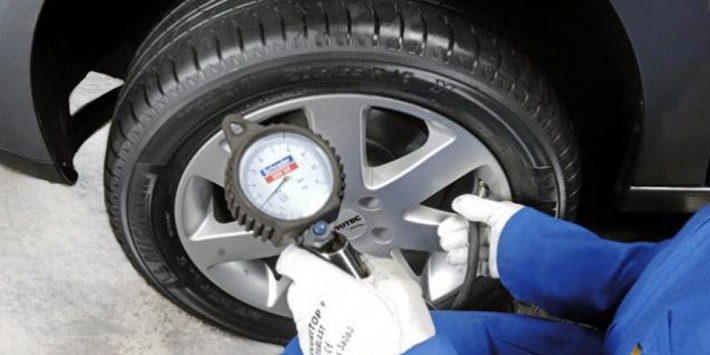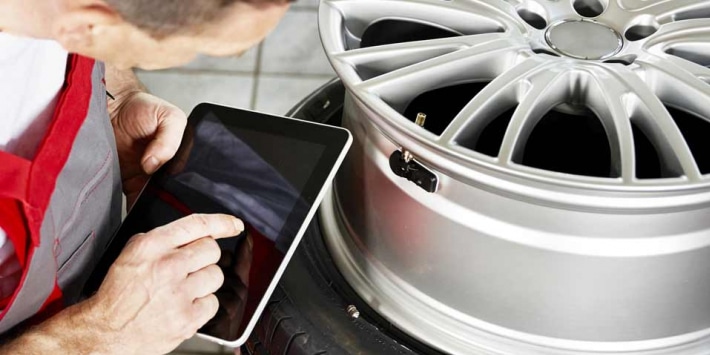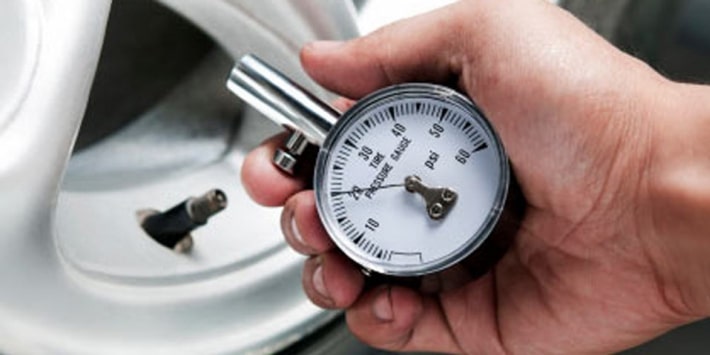Most tyre retailers and fitting centres offer the possibility of inflating your tyres with nitrogen. This gas has long been used to inflate racing car tyres, truck tyres and aeroplane tyres. But is it a good idea for your vehicle? What is the difference between standard air inflation and nitrogen inflation? Discover the advantages and disadvantages of each method.
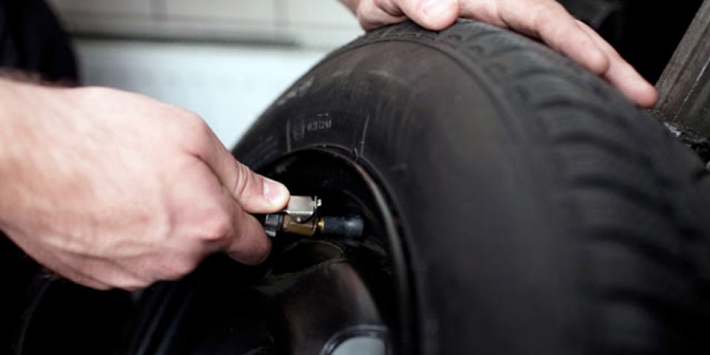
Nitrogen or air: what are the differences for your tyres?
Inflation must allow you to maintain the correct pressure in your tyres. If your tyres are under-inflated, you risk:
- Faster tyre wear and excessive fuel consumption which, from an economical point of view, is not cost-effective.
- Loss of grip, less efficient handling or even a blow out as a result of the under-inflated tyre overheating.
With standard air inflation, you need to check and adjust the pressure of your tyres once a month. As you have probably noticed, your tyres naturally lose some air when you drive.
With nitrogen inflation, this pressure loss phenomenon is reduced:
- Nitrogen molecules are larger than the oxygen molecules in air and as such, it is harder for them to escape through the tyre compound.
- Nitrogen is less sensitive to outside temperature changes than oxygen which tends to contract when cold and expand when hot.
Nevertheless, the difference between air inflation and nitrogen inflation is small since air contains 78% nitrogen.
Even if nitrogen inflation is less subject to temperature variations, your tyre pressure should still be checked on a regular basis.
An additional advantage of nitrogen is that it is a “dry” gas that does not produce water vapour, unlike oxygen (O2) that may form water (H2O) when it combines with the hydrogen (H) present in air. Nitrogen inflation therefore reduces water vapour corrosion of metal elements in the tyre and as such increase tyre life.
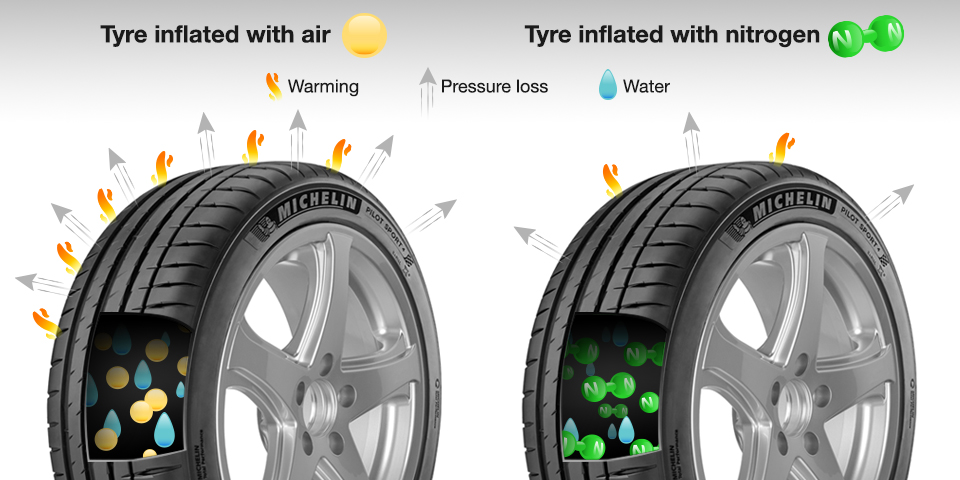
Drawbacks of nitrogen inflation
The only disadvantage of nitrogen inflation is that garages don’t tend to offer it for free, as they generally do for air inflation.
To inflate your tyres with nitrogen, you need to go to a garage or a tyre fitting centre. The first time you inflate your tyres with nitrogen, the cost will be around £5.

